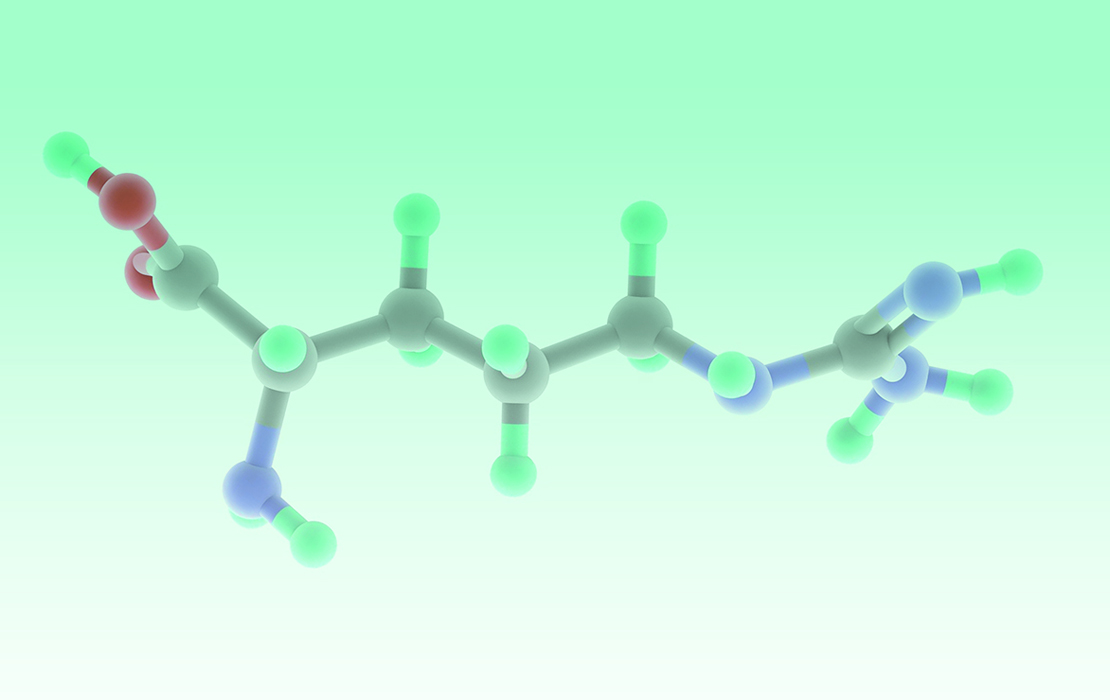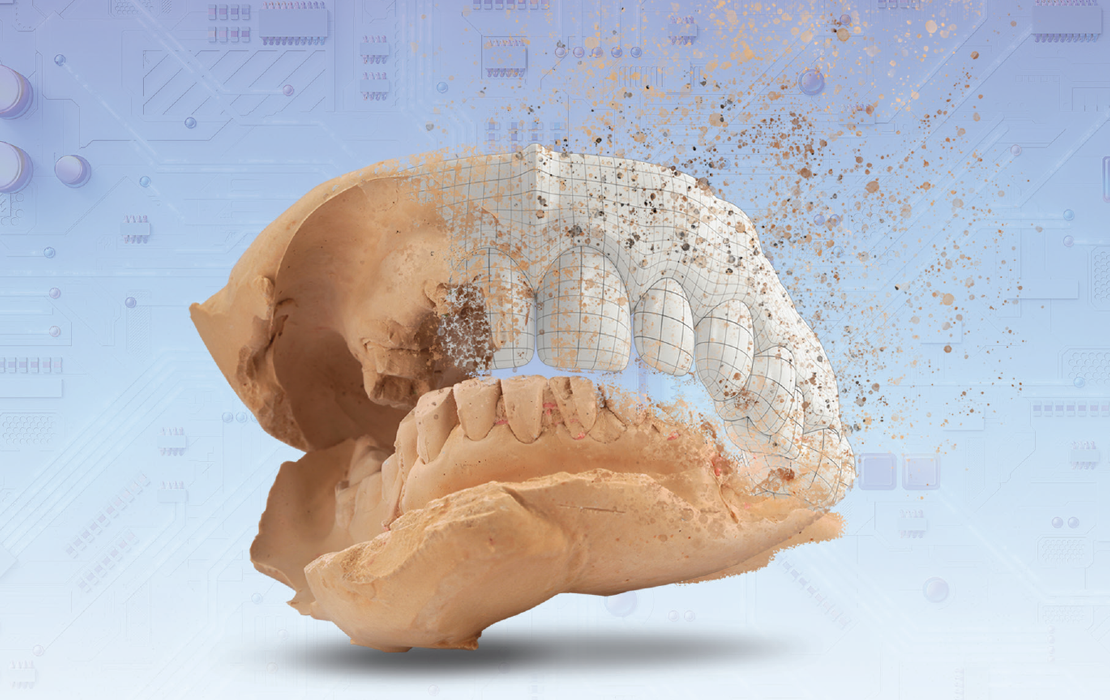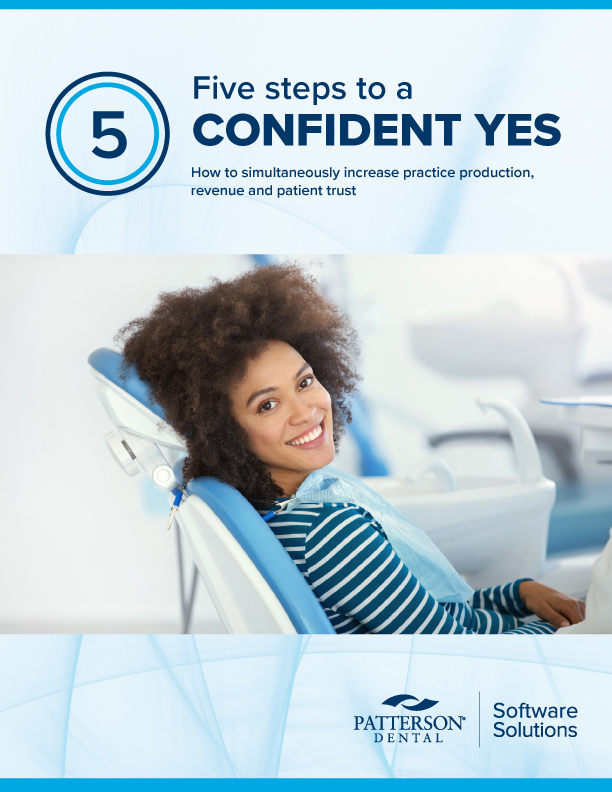Five years later: Staffing shortages, infection control since the COVID-19 pandemic
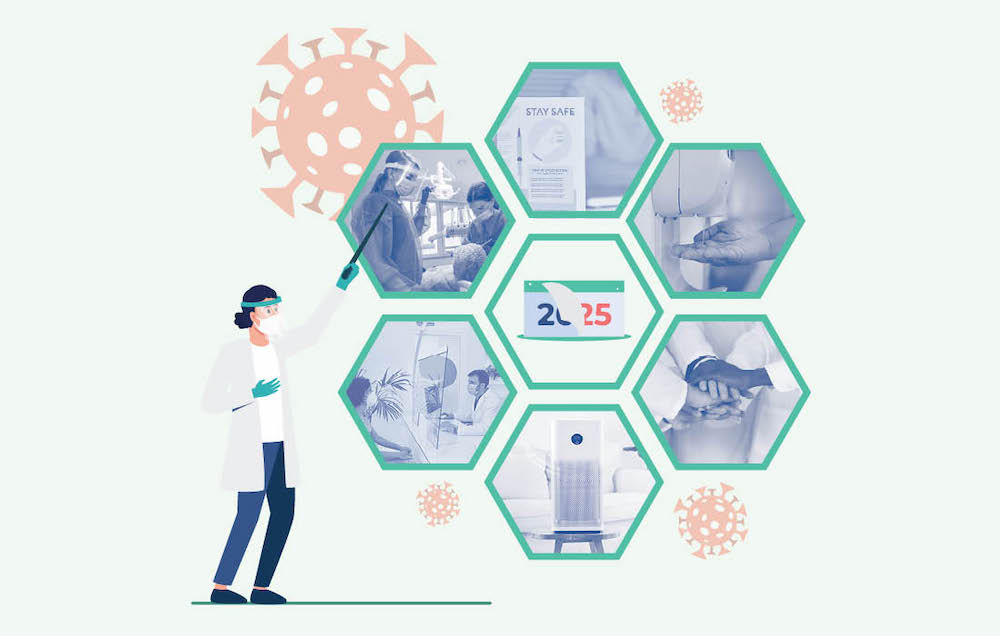
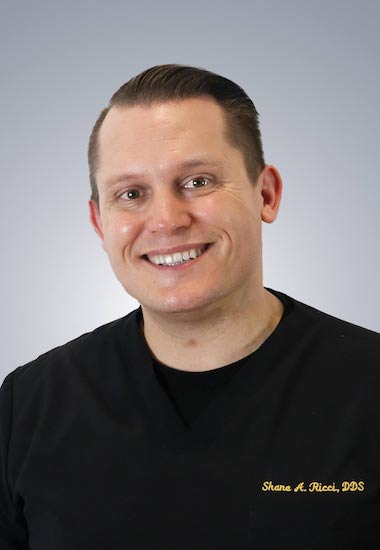
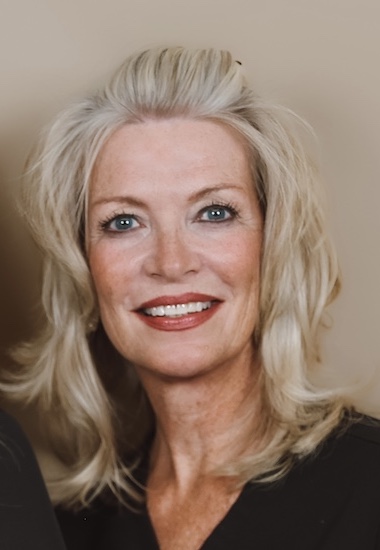
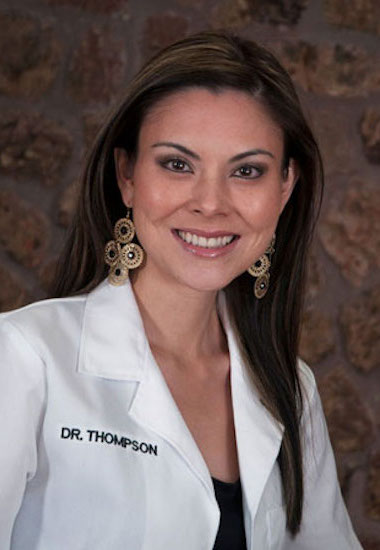
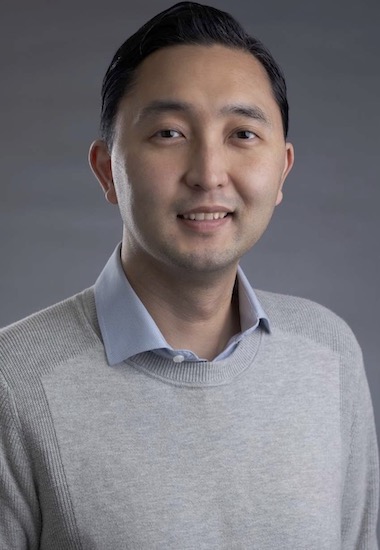
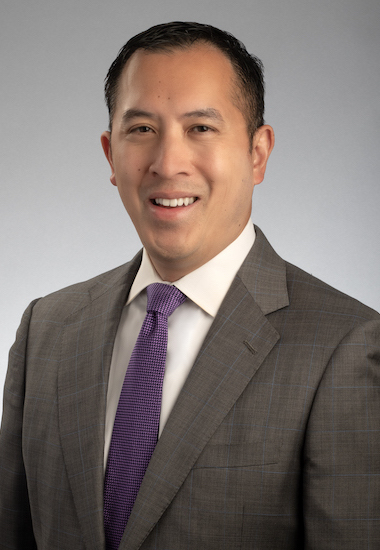
It’s been five years since the start of the COVID-19 pandemic, and there are still reminders in dental practice of what was lost and gained. From staff positions remaining open amid ongoing hiring challenges to extra infection control precautions, the dental office looks different than it did before 2020.
Back in April 2020, then-ADA President Chad P. Gehani, D.D.S., established the Advisory Task Force on Dental Practice Recovery, which developed and released the Return to Work Interim Guidance Toolkit to help dentists return to more normal practice operations while taking precautions to protect staff, patients and themselves from COVID-19.
“The dental profession has long used evidence-based research to deliver dental care safely to patients and protect their dental teams,” said Shane Ricci, D.D.S., chair of the ADA Council on Dental Practice. “During the pandemic, dentists adhered to stringent infection control protocols, and some additional elements remain in practice today. At the same time, the pandemic accelerated the reduction of an already-declining number of available allied team members, who left the profession through retirement, a career change or for other reasons.”
Staffing shortages
When the ADA Health Policy Institute asked dentists in late 2024 what the biggest challenge facing their practices would be in 2025, about 62% said staffing shortages — the top response. Between 30% and 40% of dentists reported they had recruited dental hygienists or dental assistants in the three months leading up to the survey, a number that has not changed much over the past few years.
But recruitment has been slowly improving, according to HPI data. Among dentists who reported they were actively recruiting, nearly 87% said it was very or extremely challenging to hire dental assistants in late 2022 — a percentage that dropped to slightly more than 70% by the end of 2024. The change was smaller among dentists hiring dental hygienists. About 95% of dentists had called that process very or extremely challenging at the end of 2022 compared with about 90% in late 2024.
HPI data also shows that more dental hygienists could be entering the workforce in the next few years based on current trends. First-year enrollment in dental hygiene programs increased by nearly 20% from 2020-21 to 2024-25.
“The number of graduating dental hygienists from allied education programs has not been enough to compensate for the losses of team members who left the profession during the pandemic,” Dr. Ricci said.
The ADA House of Delegates passed three resolutions in October 2024 to help combat the dental workforce shortage. They address allowing internationally trained dentists a path to U.S. licensure, letting active dental students and residents practice hygiene if they have met certain competency requirements, and increasing the number of faculty and students in allied dental education programs.
Lilo Mannion-Black, D.D.S., co-owner of Black & Salesky Dentistry in Kennewick, Washington, said her practice lost staff during the pandemic. While some of the departures were planned because of retiring, moving or going back to school, others left to pursue different opportunities. However, her practice is currently slightly above its pre-pandemic staffing levels.
“I am fortunate to work in an area with a local hygiene school and have not experienced the extraordinary challenges some of my colleagues have had in finding hygienists,” Dr. Mannion-Black said.
But she has experienced other challenges related to hiring.
“We are seeing behaviors with potential employees that we had never witnessed prior,” she said. “Specifically, we have had a number of candidates who do not show up for scheduled interviews. This has been a consistent pattern, especially for potential front desk and assistant positions since 2020.”
Additionally, Dr. Mannion-Black said there have been significant increases in staff salaries, and other financial stressors that occurred because of the pandemic have not eased in the years since.
Jennifer Thompson, D.D.S., owns Thompson Dental Group with her mother, Donna Thompson, D.D.S., in Farmington, New Mexico.
“Prior to COVID, we had always had a very stable workforce,” said Dr. Jennifer Thompson, vice chair of the ADA Council on Dental Practice. “After COVID, it has been difficult to find new hires after losing team members to retirement or a decision not to return after taking family or medical leave. The most urgent need was to find a qualified dental assistant, which occurred twice.”
While that position has been filled successfully, Dr. Thompson has been seeking a new dental hygienist for about a year. She has received two applicants over the last three months.
“Offices are faced with either not having any applicants or hiring someone from a limited pool who may not necessarily align with your practice philosophy, workplace culture, schedule preference or desired pay and benefits,” she said.
Dr. Ricci, who is an employee dentist at Advanced Dentistry in Lewisville, Texas, a group practice owned by a dental support organization, said his practice went about a year and a half in 2022-23 without being able to find a suitable dental hygienist. However, Advanced Dentistry has employed the same hygiene team since that time, and staffing has been stable overall at the practice for about a year.
Howard Kim, D.D.S., who is the regional dental director of Via Care Community Health Center in the Los Angeles area, said his federally qualified health center lost dental staff during the pandemic who decided to pursue other opportunities, but it is close to returning to pre-pandemic staffing levels.
“We plan to hire more staff soon,” said Dr. Kim, who is a member of the ADA New Dentist Committee. “Our dental and medical departments grew exponentially during and after the pandemic, so we needed to hire more staff accordingly.”
Via Care has a direct pipeline through its partnership with a nearby community college that has a dental assisting program. The program provides student externs with real-world experience at Via Care clinics, and the health center has the opportunity to extend job offers to them after they graduate.
Infection control
Staff departures and hirings have not been the only change at Via Care caused by the pandemic. Its clinics also added extra infection control precautions that have since become permanent, including air filters, hand sanitizer in waiting rooms and protective barriers around front desks. Staff also continue to ask all patients if they have respiratory symptoms or a fever.
“The reason why these were kept in place was because we had all the supplies needed,” Dr. Kim said. “The air filters were already installed, the hand sanitizer was available and the protective barriers were never taken down. Asking every patient about their respiratory symptoms or if they have a fever can inform our clinic of a possible flu diagnosis or other diseases.”
In 2020, Black & Salesky Dentistry had an in-duct air purification system installed that is still in place, Dr. Mannion-Black said. Before the pandemic, not all of the practice’s hygienists used high-speed evacuation with every patient, but now they use it universally. She has also seen a change in how patients and staff handle illnesses.
“I do believe that culturally we continue to see patients and staff be more likely to stay home if they are feeling ill than before the events of 2020,” Dr. Mannion-Black said.
Permanente Dental Associates, a large group dental practice in Oregon associated with Kaiser Foundation Health Plan of the Northwest, has also kept the air purification systems it installed in its dental operatories during the pandemic, said Cyrus Lee, D.M.D., CEO and executive dental director. The practice still has N95 respirators available for staff who prefer to use them, as well as processes in place to meet fit-testing requirements. Many of its practitioners have continued using face shields during aerosol-generating procedures as well, Dr. Lee said.
“The additional measures have remained because we have always prioritized patient and staff safety in our practice, and a significant number of patients and staff wanted the ability to choose the additional measures, especially during times of high respiratory disease transmission,” he said. “Five years after the height of the COVID-19 pandemic, infection control remains a top priority in our practice.”
--
For a look back at the early years of the COVID-19 pandemic and its impact on dentistry, check out this ADA News timeline at ADA.org/covidtimeline.

